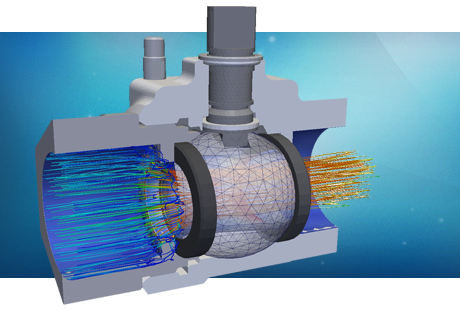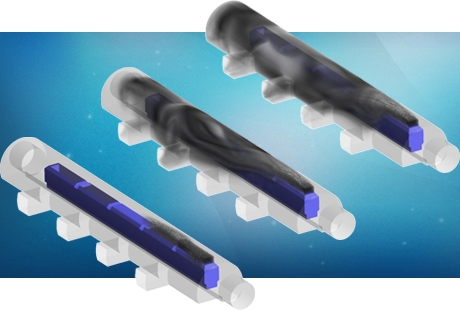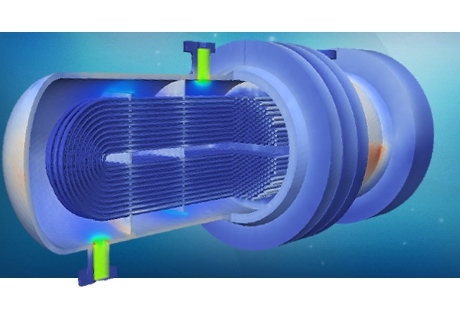Virtual testing of composites: Beyond make & break
Thursday, December 26, 2013
Beyond the obvious lightweighting advantages, the thing that makes composites so appealing to the aerospace market is the variability that permits engineers to tailor laminates to a wide range of performance criteria. But this also makes it difficult to predict part performance.

To meet that challenge, aircraft engineers are moving from the test fixture to the computer screen. Advancements in software-based nonlinear finite element analysis (FEA) methods and, especially, the introduction of multiscale, composites-specific analysis tools have prompted dramatic growth in FE-based simulation of in-service part behavior — virtual testing — that can augment and, in many cases, offset physical testing, reducing the time and cost of development.
But what exactly is virtual testing? Jocelyn Gaudin, structure analysis R&T manager, Airbus (Toulouse, France), and Michel Mahe, the company’s head of Advanced Numerical Simulation, provide this definition: “Virtual testing is usually described as the capability to provide by simulation blind prediction of the real-world structure physical behavior. The prediction is expected to provide the structure strength value in order to ensure a proper sizing against in-service conditions. It should also demonstrate the capability to describe in-depth local effects, material progressive damage up to localized material failure, and all the cascading effects up to final structure collapse.”
Simply put, it’s a tall order, one that the composites industry and academia have been working on for many years. “We’ve been building aircraft out of aluminum for decades, and engineers have gotten to a point where they’re very confident in simulating metal structures,” explains Jerad Stack, CEO of software supplier Firehole Composites (Laramie, Wyo.). “It’s only been in the last few years that we’ve been able to transition and gain confidence in simulating composites as well.”
If these tools can be validated, then simulation models can be used to virtually test a host of load conditions and scenarios. Validation is now at the top of the to-do list. In its Space Technology Roadmap for Materials, Structures, Mechanical Setup, and Manufacturing (released April 2012), NASA called for development of high-fidelity analytical tools, failure prediction capabilities from both deterministic and probabilistic standpoints, and tool verification with test data to create a “new paradigm for developing and qualifying safe structures ... without undue conservatism that causes mass penalties, and in a ... cost-effective manner.” This is especially needed, NASA says, for structures “with new materials, designs with little heritage experience, and which may be complicated by multifunctional capabilities.”
A major roadblock to overcome, however, is the lack of confidence in virtual testing of high-performance composites, especially given the scarcity of structural failure data against which to benchmark.
“Composites require more sophisticated simulations than traditional materials because there are multiple failure modes to be considered,” explains Indermuehle. “With metals, engineers can simply look at a Von Mises stress criterion and have a good understanding if the part is going to fail. With composites, engineers have to look at fiber damage, matrix cracking and delamination in each of the plies. Because of this, very accurate damage models are needed in the simulation code, and physical coupon testing needs to be performed to determine both the stiffness properties and the damage properties of the composite.”
Although much research and method development has been done regarding failure theories, damage modeling and fatigue-life prediction, there is still much to be done. “Until recently, industry has consistently used heritage designs based on 30-year-old methods, using open-hole tension laminate allowables, and treating the composite as if it were a black aluminum,” reports Emmett Nelson, Firehole’s chief technology officer. Historically, this has led to extreme conservatism in critical composite structures engineered for space vehicles and commercial and military aircraft and in numerous subscale testing programs.







